
The oppression is still quite vivid
When Marisol Méndez returned to Bolivia after living abroad for ten years, she was disillusioned. In the media of the plurinational country, the women who appeared were still all white and skinny. Thus was born her series Madre (Mother), in which, while valuing mother earth, she wonders why the options for women are so few. Now, the work is about to become a photobook.
How was the idea of Madre born?
It started simply: I returned to Bolivia in 2019 after living in Buenos Aires and London for almost ten years. It was a bit of a moment when the idea many people questioned representation and identity. The movie Roma was coming out, and the protagonist appeared on magazine covers. It was a new thing to have an indigenous woman on magazine covers. When I returned to Bolivia, I thought that I would come across the diversity of my country. As the name indicates, we are a “pluricultural” country. It was a great disappointment to find that in the media, the women portrayed were all white, young, with a specific type of body and features, an incredibly Eurocentric aesthetic.
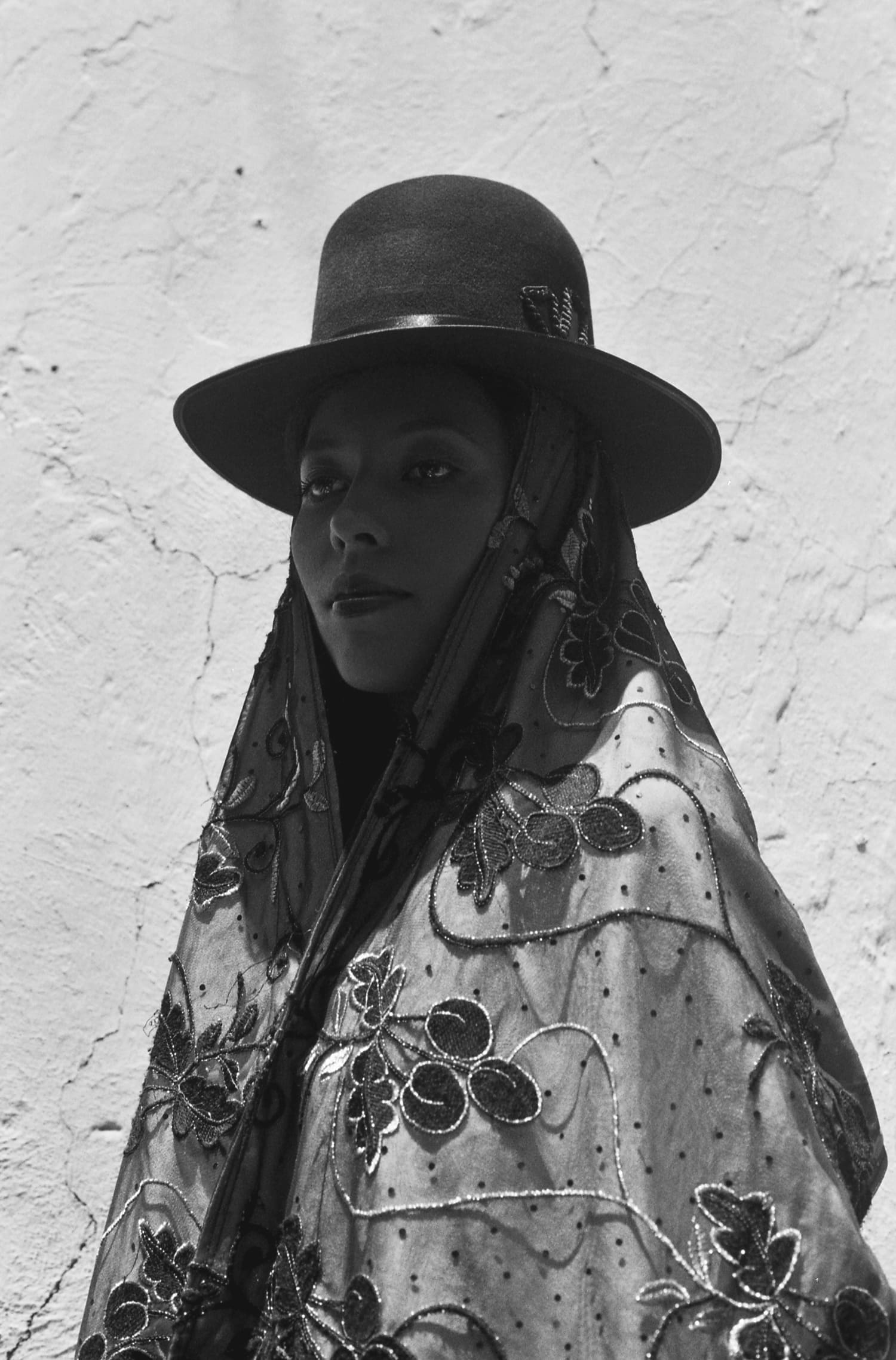
Madre began because I didn’t see the women I had around me reflected in the media. I started a line of portraits that rejected the Eurocentric and macho idea of how women were portrayed. It began with me approaching women around me, at dance classes, coffee shops, protests, to ask to take pictures of them. In every encounter with these women, we would start chatting, and I realized that, as much as we are more accessible and empowered women, we were all somehow trapped in macho patriarchal structures. That oppression was still very much alive.
From the beginning, it seemed that the project could not just be celebratory. It had to be a bit of a critique of this system still very much alive in my country. That’s where the idea of working on portraits based on the archetypes of the Virgin Mary and Mary Magdalene came in. I grew up Catholic, and although I don’t practice it, I always found the language of the Catholic religion to be compelling. I thought it was interesting to use that language to speak in opposition to it. That’s when the work began to take on more volume. Photography became a dialogue with my roots, finding myself again and feeling that I fit in that society. My mother found family albums, and the idea of working with archival images came up. I have a window to the past, to history. To intervene archive is to dialogue with the past. Not to talk about history as something fixed but as something that can be questioned and shaped differently. It is a celebration and a critique of the place of women in Bolivian society.

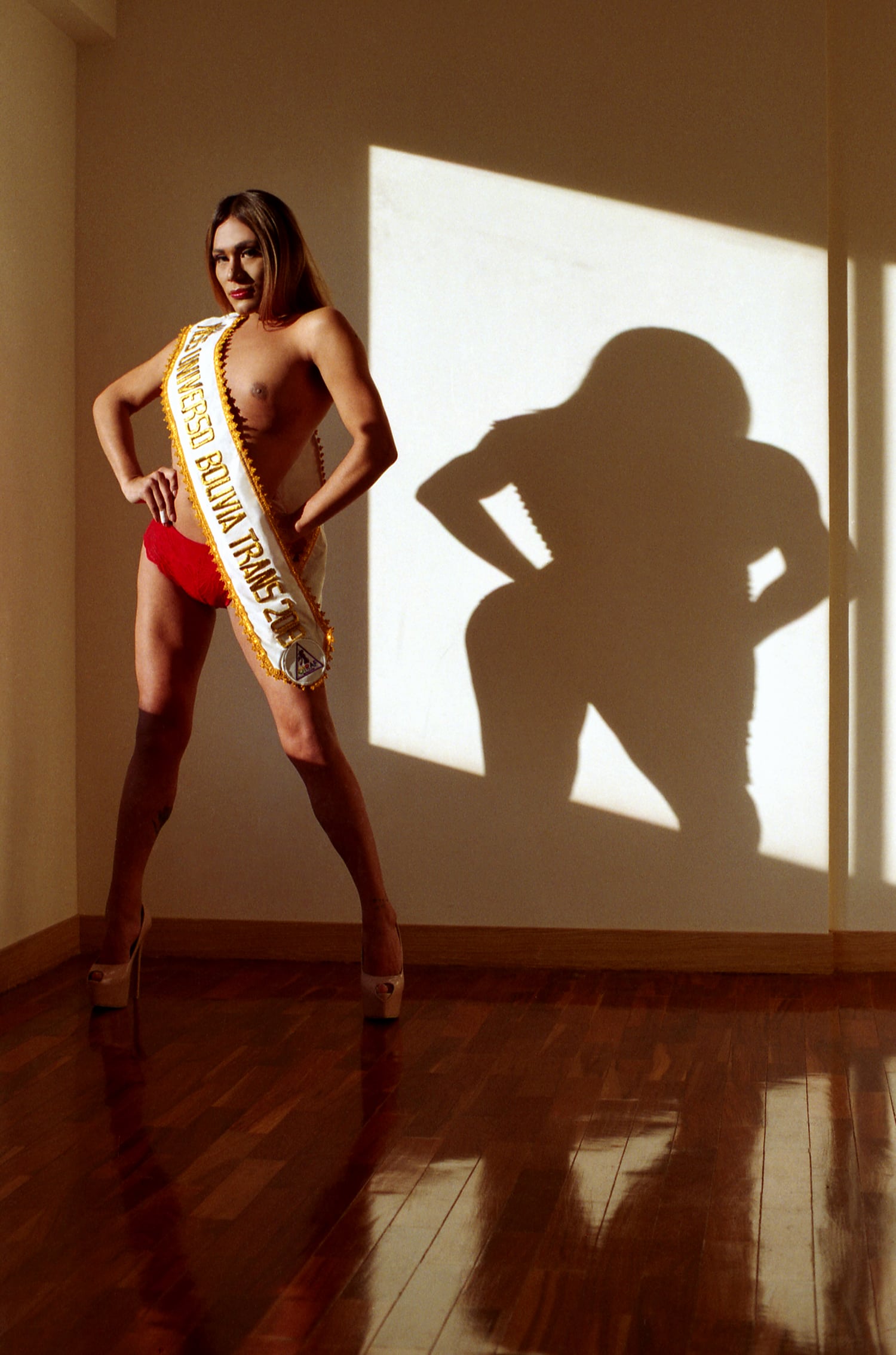
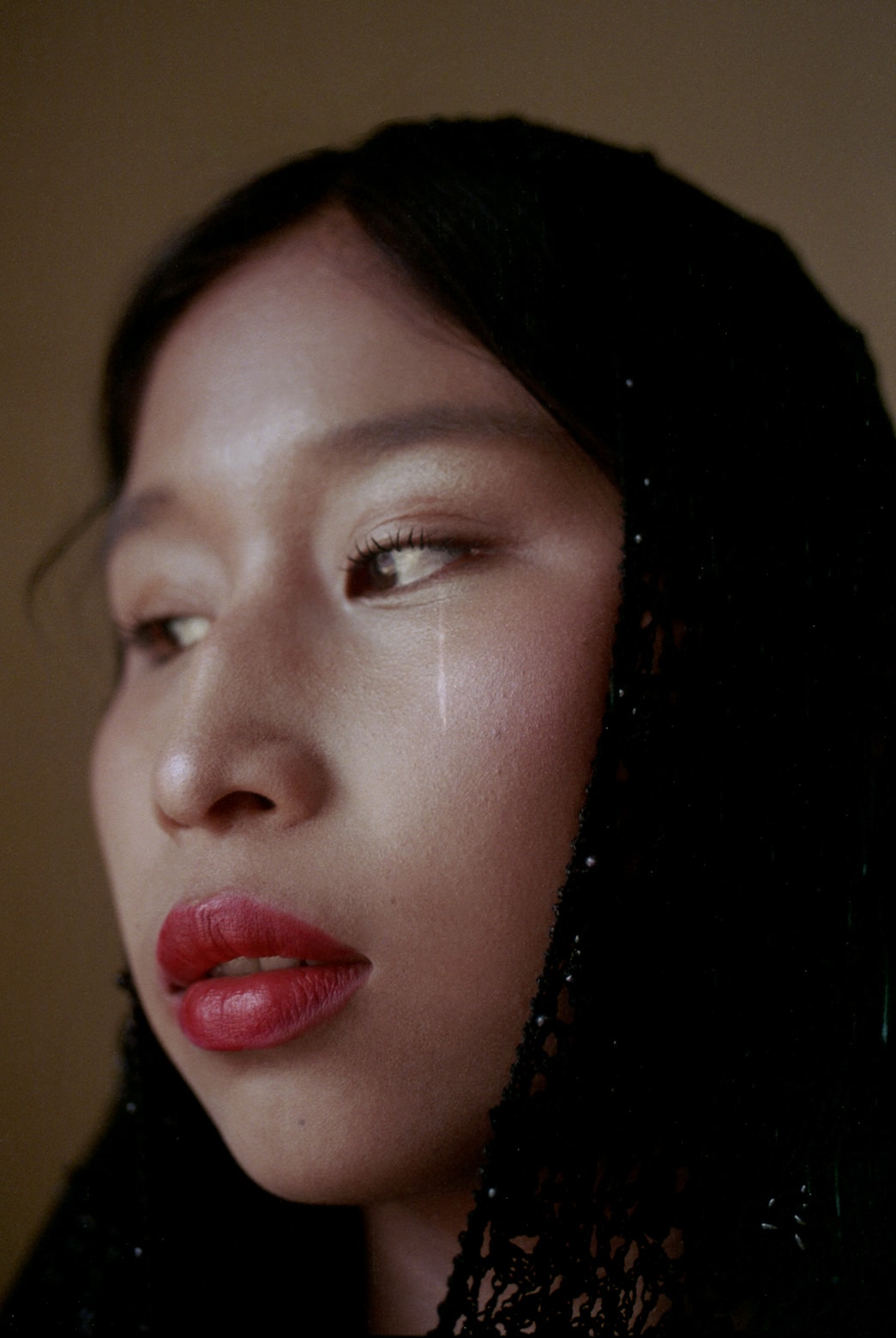
Was the name of the series thought out from the beginning?
I had the name quite early because I feel that word connected with many things. On the one hand, it is a work that I carried out with my mother. She and her boyfriend helped me. It helped me connect with my roots: mother as mother earth, mother nature. There is a lot of exploration of mother versus nature. I found the contrast between religion, manufactured, and woman and nature attractions.
At the same time, the name implies criticism.
Women’s place in this society is reductive: they have to be mothers, wives, and good daughters. I like to show that not all women are mothers, not all are these archetypes of perfection. Some women can’t have children; others choose not to have children. I have chosen the broad aspect of being a woman.
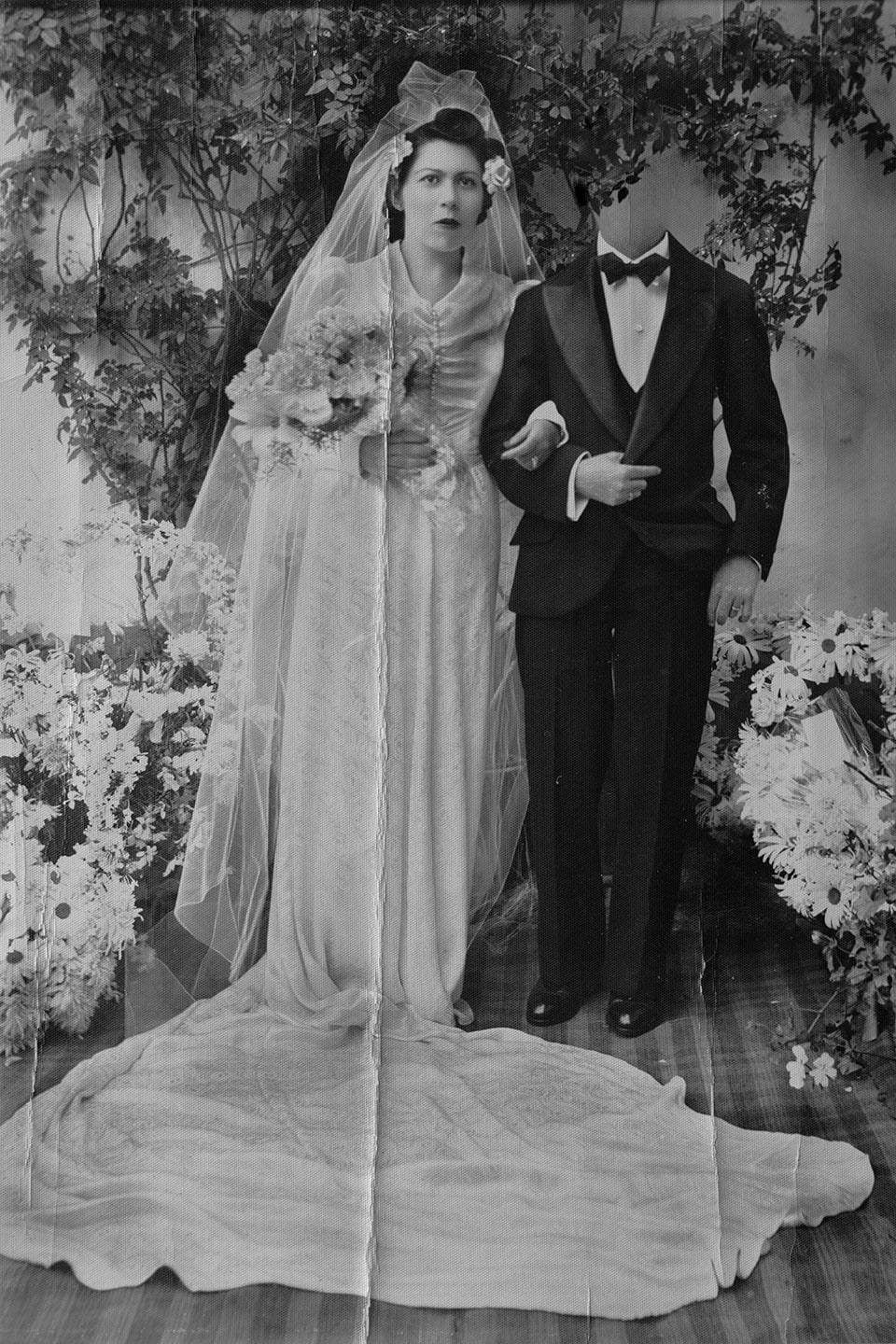
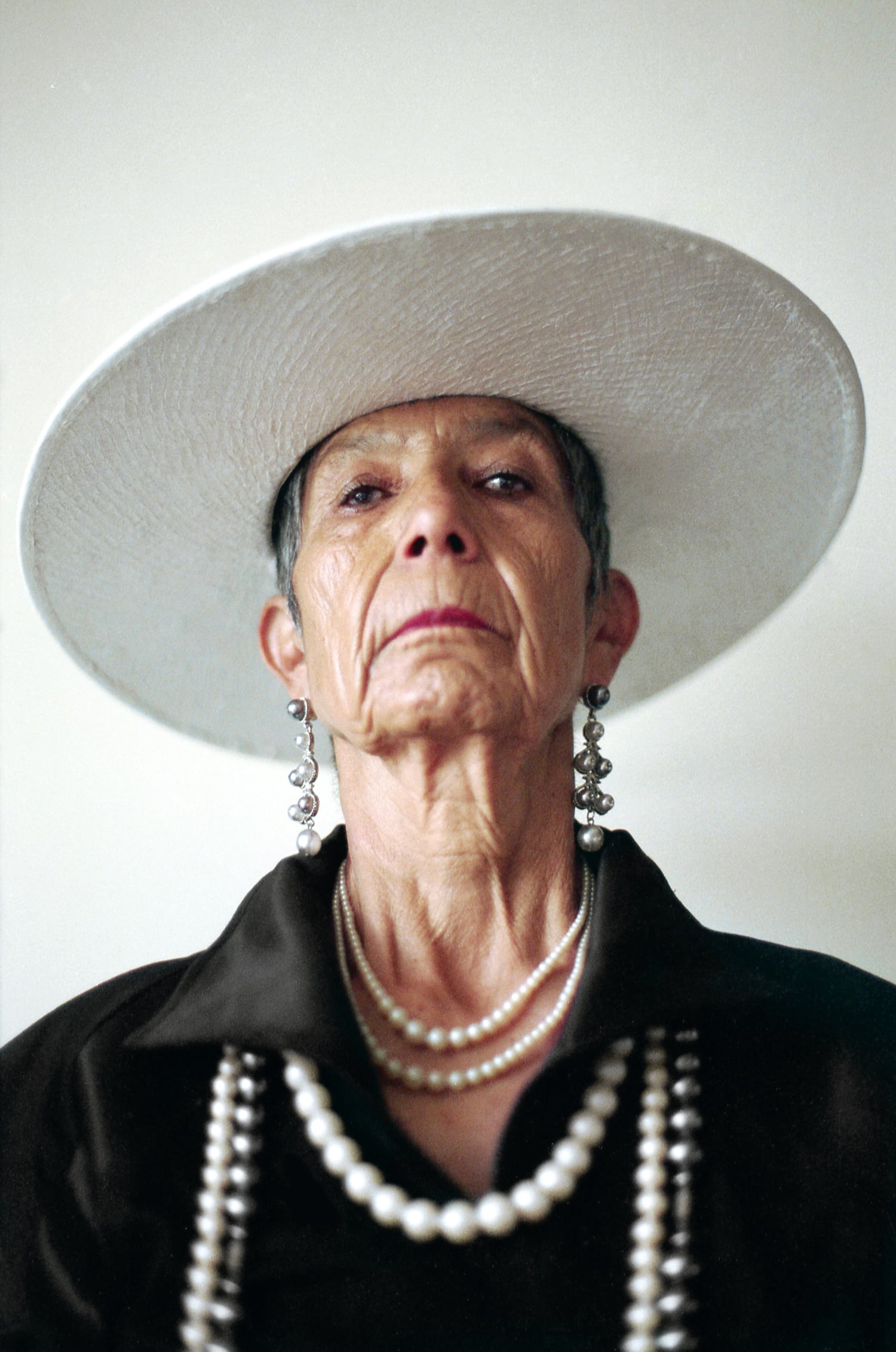
What are you working on now?
I’m currently working in a duo with Monty Kapla, an Argentine photographer, on a photo essay commissioned by the British Journal of Photography on the water crisis in Colombia. “It’s a total thrill that photography keeps connecting me to these stories.”



